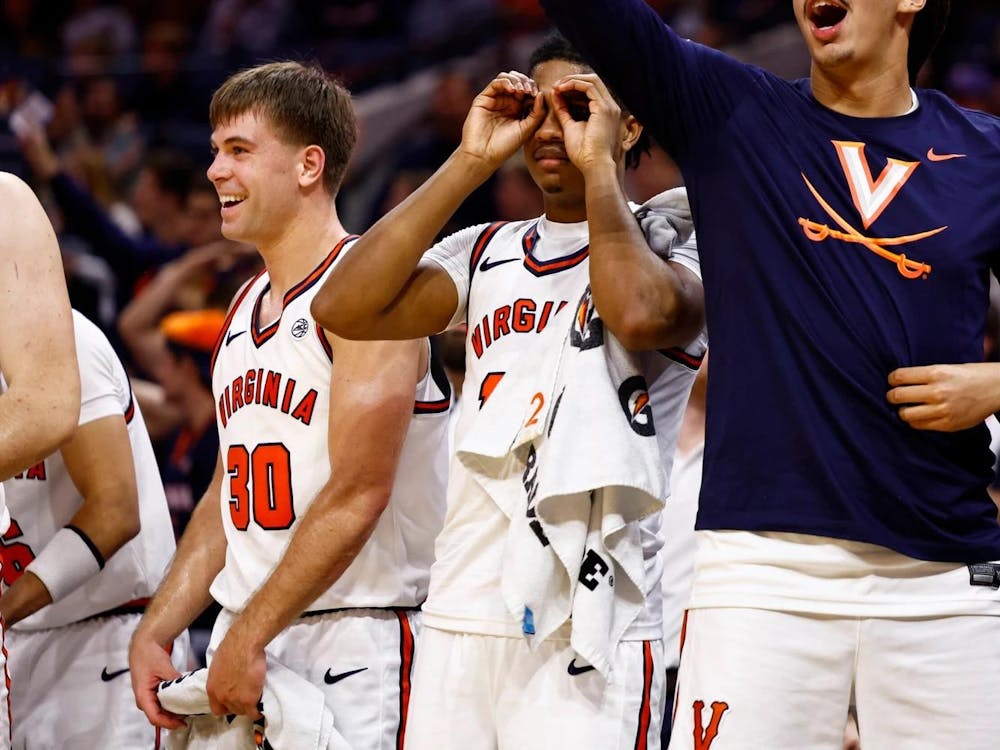The revolution is upon us.
No, I’m not talking about massive political or social upheaval. I don’t think we’ll see farmers take up arms against the Redcoats anytime soon, and it’s unlikely that any aristocratic Frenchmen will get decapitated.
The revolution of which I speak is the dissemination of the spread offense throughout the ranks of college football. What once was a gimmick is now the gold standard, that which measures all else offensive in the game.
Seeds of this revolution were sown first on the plains of Nebraska, under the legendary Tom Osborne. His offensive philosophy was simple: Make the defense play from sideline to sideline, get to the corner and get there faster than anyone else. Tommie Frazier was the first dual-threat quarterback, the mold that gave us Kordell Stewart, Akili Smith, Michael Vick and Vince Young.
Osborne’s philosophy blossomed across the country with Nebraska’s success. In the Pacific Northwest, at Portland State University, Mouse Davis found in the spread his offensive salvation. By making a defense account for more receivers and backs, Davis discovered he could negate size and strength with speed and precision.
For much of the 1980s and ‘90s, major conference teams resisted breaking out of their I-formation norm. This spread thing was just a passing fad they all dismissed or at best something that would work for the Mountain West teams of the world. Never in the SEC or Big Ten could it work, not in such a bruising, smash-mouth conference.
But then something strange started happening. Those mediocre teams you schedule for Homecomings and season openers started making games competitive. Even worse, they started winning. Massive, tear-your-limbs-off linebackers were getting blown away by tiny speedster wideouts. Those “video game” offenses were all of a sudden very real, with teams starting to average 40, even 50 points a game.
The spread began to trickle into the BCS conferences. Oklahoma State and Texas Tech in the Big 12, Clemson in the ACC, West Virginia in the Big East. That trickle turned into a steady stream. And before too long, the dams gave way.
In this season’s inaugural BCS rankings, 12 of the top 15 teams run some variation of the spread. Four of the last seven Heisman Trophy winners have been the quarterback of a spread system. Now that even Auburn and Michigan have left behind their old ways and picked up the spread, we can officially say it’s made it.
But the spread is changing more than just the way offense is played. Tommy Tuberville, coach of the Auburn Tigers, said time and again that part of the reason his team was going spread was because it simply couldn’t compete in the recruiting world when it still ran its old-school offense. The best high school players want the system that best shows off their talents, and the spread does exactly that.
The recruiting impact of the spread hasn’t been felt more acutely than in Ann Arbor this season. With Rich Rodriguez importing his unfathomably successful offense from West Virginia, Michigan was considered a front-runner in the Terrelle Pryor sweepstakes. But when Pryor decided to opt instead for Jim Tressel’s version of the spread at Ohio State, he left Rodriguez and the Michigan Wolverines in a bind they have yet to get out of this year. Putting Rodriguez’s offense in the hands of former coach Lloyd Carr’s personnel is akin to handing the keys of a Ferrari off to Caveman Bob.
Defensive coaches have had to rack their brains for some sort of counterpunch. After two decades of being rocked on their heels, the defensive answer again came from the mid-major conferences like the Mountain West. The offense puts out five receivers? Fine, we’ll send out five defensive backs.
Instead of the 4-3 or 3-4, with seven men in the box, teams starting running six-man variations, most commonly the 4-2-5 or the 3-3-5. Safety/linebacker hybrids replaced the Bosworth-esque monsters that once prowled the middle of the field.
The offense once designed to take down the big boys has now been taken up by them. Crazy variations, such as Nevada’s pistol formation (think shotgun, but with the running back behind the quarterback instead of beside him), have begun to crop up once more in the same places that gave rise to the modern spread phenomenon. The craziest, though, belongs to Piedmont High School, in Piedmont, Calif.
If you think Texas Tech or Hawaii spreads out a defense, picture an offense with 11 eligible receivers.
It’s called the A-11 offense and relies on a technicality in the rules originally designed for punt formations. Two quarterbacks line up seven yards behind the center, who is flanked by two tight ends. Dual sets of three wide receivers spread to either side of the field. Run out of the no-huddle, the offense gives defenses exactly zero time to figure out who is eligible and who is covered up by others on the line of scrimmage. Once the ball is snapped, pandemonium ensues as the defense gets bombarded with reverses and options and passing routes.
For all the changes and improvements teams make, they keep circling back around the same basic principles Osborne used to raise Nebraska to powerhouse status. An extra wrinkle here or gadget play there all starts from the same basic premise.
Speed kills. And you can’t coach speed.






